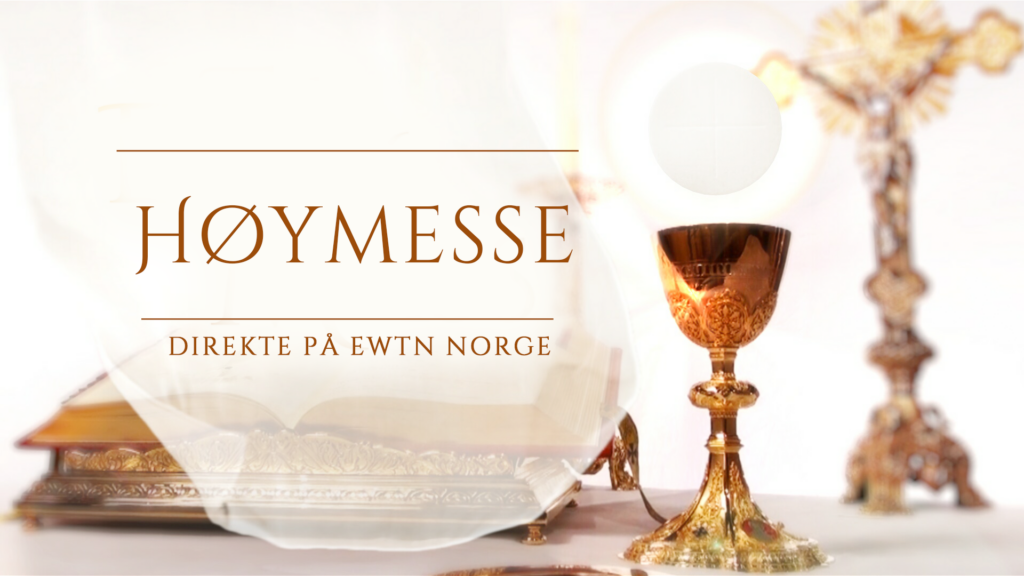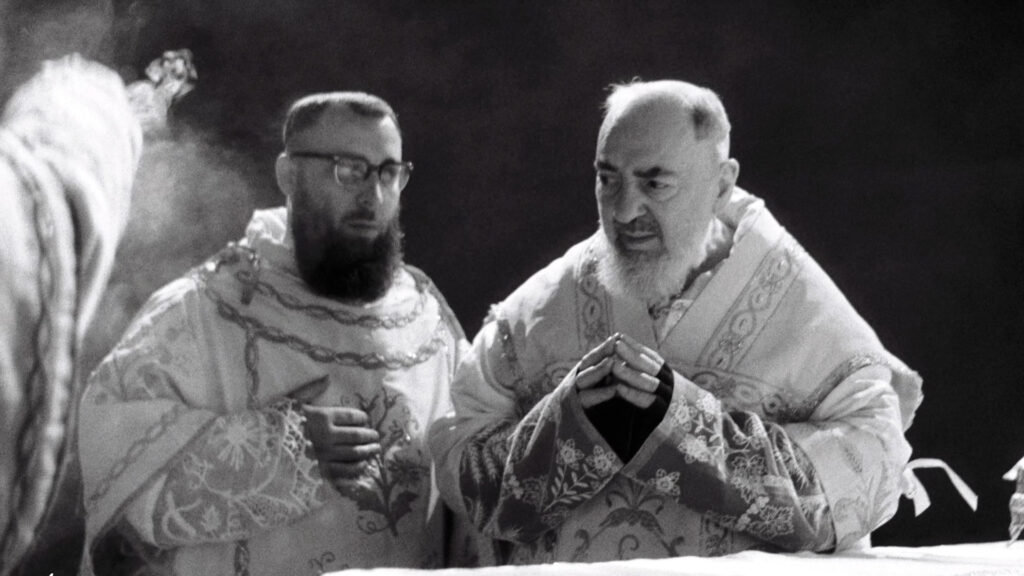ACI Prensa Staff, Nov 15, 2023 / 18:30 pm (CNA).
The Catholic Association of Propagandists hosted a conference Nov. 15 titled “What’s the use of a cloistered nun in the 21st century?”
According to its statutes, the Spanish group is “a private association of lay faithful who want to respond to their vocation to holiness through the evangelization of public life and the organization of social structures, according to the requirements of the kingdom of God.”
The conference focused on the life of Sister Belén de la Cruz, a Spanish Carmelite nun who, in 2018, like Christ, died at age 33. Estanislao Pery, the nun’s father and author of the book “Belén: Discalced Carmelite, Our Daughter,” was scheduled to give a presentation.
Simplicity, charity, and dedication without reservations
It is tradition that, when a Carmelite nun dies, her sisters write a “letter of recommendation,” a review of her life to be distributed to the convents and among the friends and benefactors of the order.
In the case of Sister Belén de la Cruz, this letter aroused great interest from the very beginning — so much so that the mother prioress of the convent of the Virgen de la Sierra in San Calixto, Spain, had to print more than a thousand copies to satisfy the demand. It was then that her parents, Estanislao Pery and María Osborne, decided to write Belén’s biography.
“Belén was a normal girl and she had a happy childhood, thanks be to God,” her father explained in a YouTube video on the life of his eldest daughter. Pery commented that Belén had a reserved, although cheerful, character — “She didn’t like the limelight much” — and as a cloistered nun she remained so.
Belén’s first Communion stands out for her father: She received it in a chapel consecrated to Our Lady of the Angels, who is also the patroness of the town of Hornachuelos, where the Carmelite convent she would enter years later is located. “Coincidences,” Pery said.
That day, Belén had prepared a prayer for after Communion that, according to her father, she recited in front of an image of the Virgin and that “made a real impression on them.” In her adolescence she was very active, showing an interest in various sports, especially golf, in which the young woman became champion of the autonomous region of Andalusia.
Belén’s parents began to suspect her possible vocation to religious life during her university years, which she called “the door to Carmel.” Belén said that there, over three years, she was greatly influenced by finding young people with the same concerns.
It was a nun from the Mater Salvatoris College, Mother Clara, who accompanied her in the long and difficult process of making the choice to embrace the contemplative life. Finally, the young woman would become Sister Belén de la Cruz upon entering the Carmelite convent located in the hamlet of San Calixto in the Andalusian mountains. It was Oct. 1, 2005.
“She already knew the hamlet because my in-laws had a farm 10 kilometers [six miles] from the place,” her father recalled. “We went to the Sierra de Hornachuelos a lot to spend our free days; she had a strong connection to the place.”
Sister Belén de la Cruz received the Carmelite habit on March 25, 2006. Her father said that the first years were very hard for them as parents, but that as time passes, “it’s truly incredible how close you can be to a cloistered nun.” He said his daughter would tell him over and over again: “Dad, I am the same as always but dressed in brown.”
As a Carmelite Belén embraced daily work, such as assembling metal tables and working the loom. “A session at the loom is like playing two games of tennis,” she joked with her family.
According to Pery, Belén never stopped maintaining her friendships and kept in contact with everyone. After her death, Estanislao and María received copies of letters that her daughter had sent to many people. Some were even laminated.
“She didn’t use high-sounding words, but she had ‘something.’ I believe that people don’t realize the value of simple things until you no longer have them,” he said. Pery added that those who knew Sister Belén personally would understand this firsthand.
In April 2017 Belén was diagnosed with ovarian cancer. She never denied her illness and even went so far as to write that “the cross is a blessing and that, when God sends it, he also gives the strength necessary to bear it.”
In the end, her father explained, for Sister Belén the illness was an opportunity for spiritual growth. She passed away on April 5, 2018, surrounded by her family, the mother prioress, and Mother Clara.
What purpose does a cloistered nun ‘serve’ today?
Estanislao Pery stressed that his daughter’s life was based on doing good to others out of simplicity and noted that those who got close to Belén were “disarmed” by someone who emanated peace and tranquility.
He also highlighted the heroic prayer life of the contemplative nuns, a prayer “that goes beyond the walls of the convent.” For her father, this is a nun’s reason for being.
The book, which is now in its third edition, also includes letters and writings from Sister Belén, which is why Pery commented that, even today, she continues to do good to many people. “This is truly gratifying for us,” he said.
Regarding the possibility of a formal canonization process being opened by the Holy See, he said that although he is certain that his daughter is in heaven, “the rest is in the hands of the Church and in the hands of God.”
The book’s dedication was written by Carlota Pery, Belén’s sister. “It’s her simplicity and at the same time it’s her depth,” she wrote. “How always from the shadow there was light, and how by choosing to isolate herself, she became the center of everything.”
The book is available from Amazon in Spanish.
This story was first published by ACI Prensa, CNA’s Spanish-language news partner. It has been translated and adapted by CNA.











